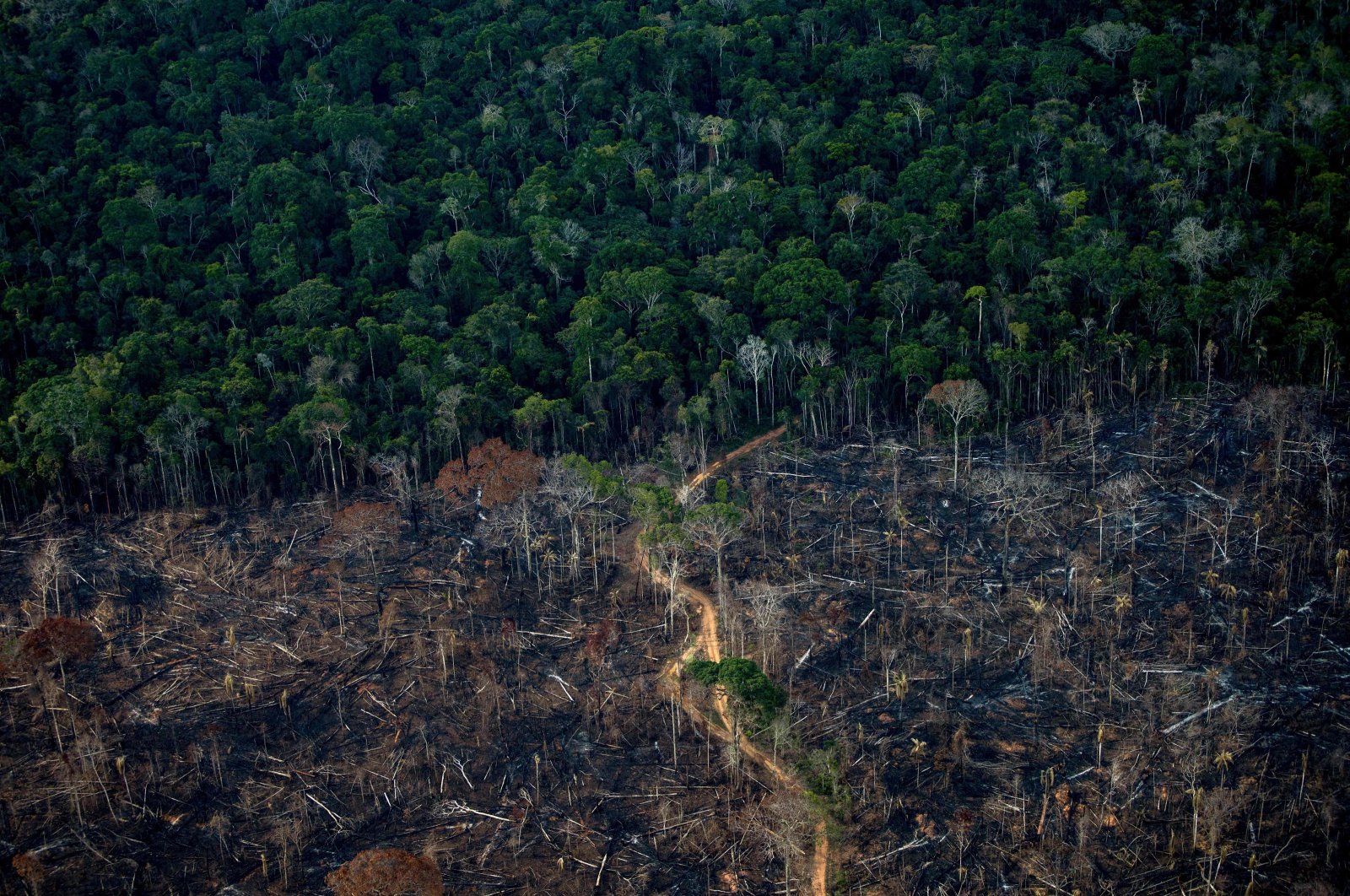Around 3.7 million hectares (37,000 square kilometers) of tropical rainforest were destroyed worldwide last year, according to a global study. This is around 400,000 hectares, or about 10% less, than in 2022, the World Resources Institute (WRI) announced in Washington on Thursday.
Some loss is due to fires, but mainly to other developments, particularly deforestation. The figure is almost identical to the forest loss in 2019 and 2021. Over the past two decades, the world has lost 3 million to 4 million hectares of tropical forest every year, according to the WRI.
Mikaela Weisse, from the environmental organization Global Forest Watch, said the lower figure for 2023 does not tell a complete picture. “The world took two steps forward, two steps back when it comes to this past year’s forest loss,” she said in a press release.
Although the loss in Brazil decreased significantly in 2023, it is still the country with the greatest forest loss, according to the report. Colombia has almost halved its forest loss compared to the previous year, the report said. “Steep declines in the Brazilian Amazon and Colombia show that progress is possible,” said Weisse, “but increasing forest loss in other areas has largely counteracted that progress.”
The report says that forests in the Democratic Republic of Congo, Bolivia and Indonesia have suffered particularly severe losses in the past year. Looking beyond the tropics to the global trend, Canada was found to be surprisingly prominent.
Forest loss there was three times as high as in other recorded years, largely because five times more trees were destroyed by fire in 2023 than in the previous year. Virgin forest, defined as a forest largely untouched by humans, is of great importance for the preservation of biodiversity and for the storage of carbon dioxide.
With the help of the Global Forest Watch platform, numerous environmental organizations led by the WRI have been monitoring changes in forest areas worldwide since 2014, using satellite technology and other methods. The WRI compiles its annual report based on this data, together with researchers from the U.S. University of Maryland.




















































Be First to Comment